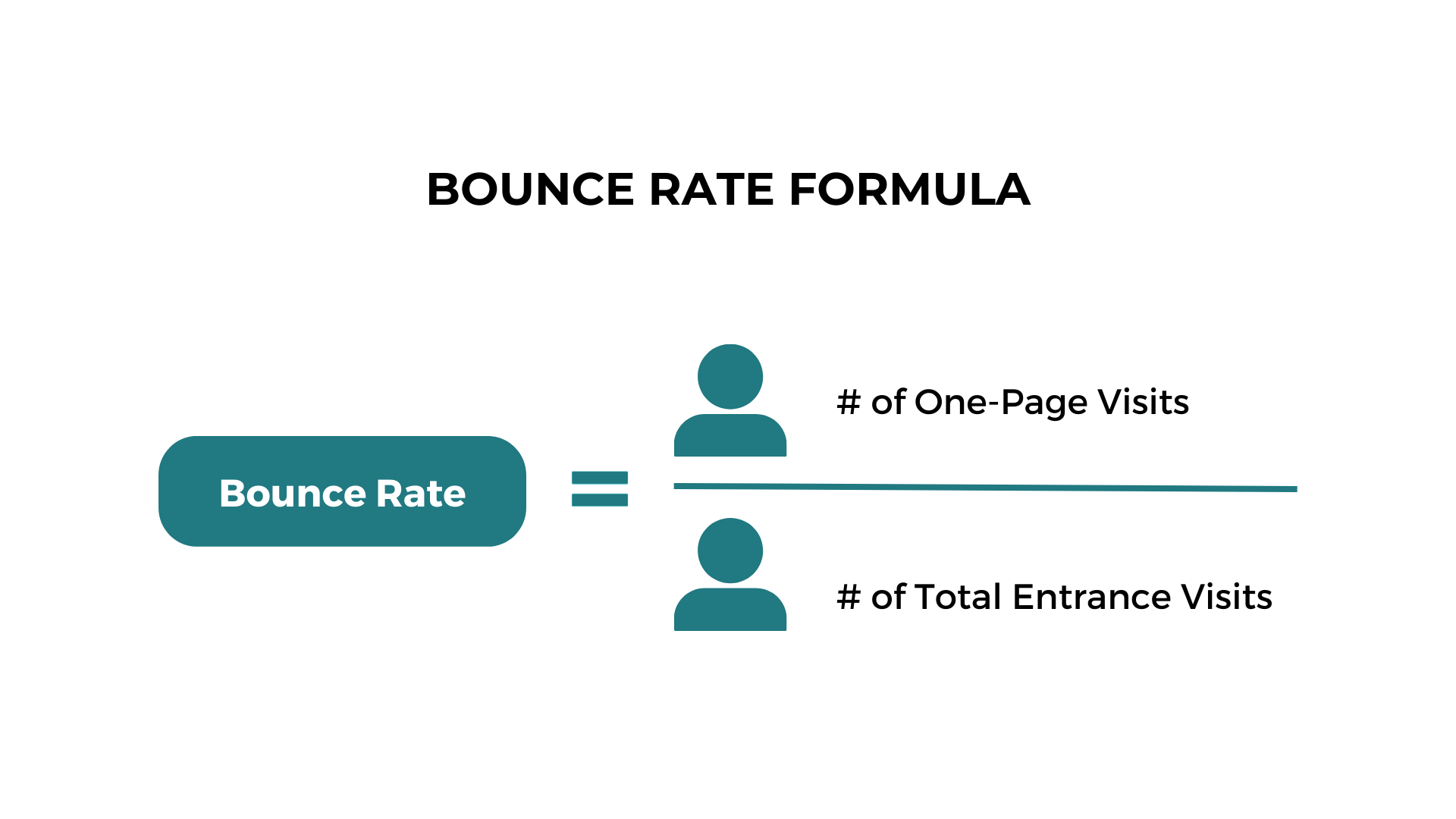When it comes to optimising a website, understanding and acting on the bounce rate can be crucial for improving visitor engagement and overall site performance. This article explores what bounce rate is, how to calculate it, what the industry standards are in this regard, and how to effectively reduce your bounce rate to boost your website’s efficiency.
Definition and Importance of Bounce Rate
The bounce rate is an indicator that measures the percentage of visitors who enter the site and then leave without interacting with the page. A high bounce rate may indicate that the site fails to captivate the interest of visitors, which could be due to several factors, such as content relevance, ease of navigation, quality of calls to action, or even page loading speed.
Conversely, a low bounce rate is often a sign that the site is engaging and meets user expectations well, thus encouraging them to explore more content. Reducing the bounce rate is essential not only for improving user experience but also for increasing conversions and, ultimately, the revenues generated by the site.
How to Calculate Your Bounce Rate
The bounce rate is calculated by dividing the number of single-page visits (without any interaction with the site beyond the entry page) by the total number of visits, all multiplied by 100 to obtain a percentage. Here is the formula:

Web analytics tools like Google Analytics can automatically provide these statistics, allowing you to monitor changes in bounce rate in real-time and identify pages that need improvement.
Bounce Rate Standards: Analysis and Comparisons
Bounce rate standards can vary significantly depending on the type of website and the industry involved. For example, an e-commerce site might naturally have a lower bounce rate than a personal blog. Typical bounce rates are often found between 26% and 70%, according to various studies.
It is important to compare your site’s bounce rate with that of competitors or industry benchmarks to assess the effectiveness of your engagement strategies. Using tools like SEMrush or Google Analytics Benchmarking can help you understand where your site stands relative to the industry average.
Techniques for Analysing and Reducing the Bounce Rate
To effectively reduce your bounce rate, consider the following strategies:
- Improve Content Quality: Ensure that your content is relevant, informative, and meets the questions or needs of your visitors.
- Optimise Loading Speed: Visitors are impatient; a slow site is often quickly abandoned.
- Intuitive User Interface Design: Clear navigation and visible calls to action can greatly enhance user experience.
- Targeting and Personalisation: Use analytical data to personalise visitor experiences and keep them engaged.
- Test and Adjust: Use A/B testing to try different approaches and identify what works best for reducing the bounce rate.
Adopting a strategic approach to analyse and improve this metric can transform how users interact with your site.
For even better results, consider the expertise of All-In Factory. Our specialists in web development and SEO are ready to help you optimise your site to reduce the bounce rate and enhance user engagement. Do not hesitate to contact us to discover how we can boost your online presence.


 English
English Français
Français Deutsch
Deutsch
Leave a Reply